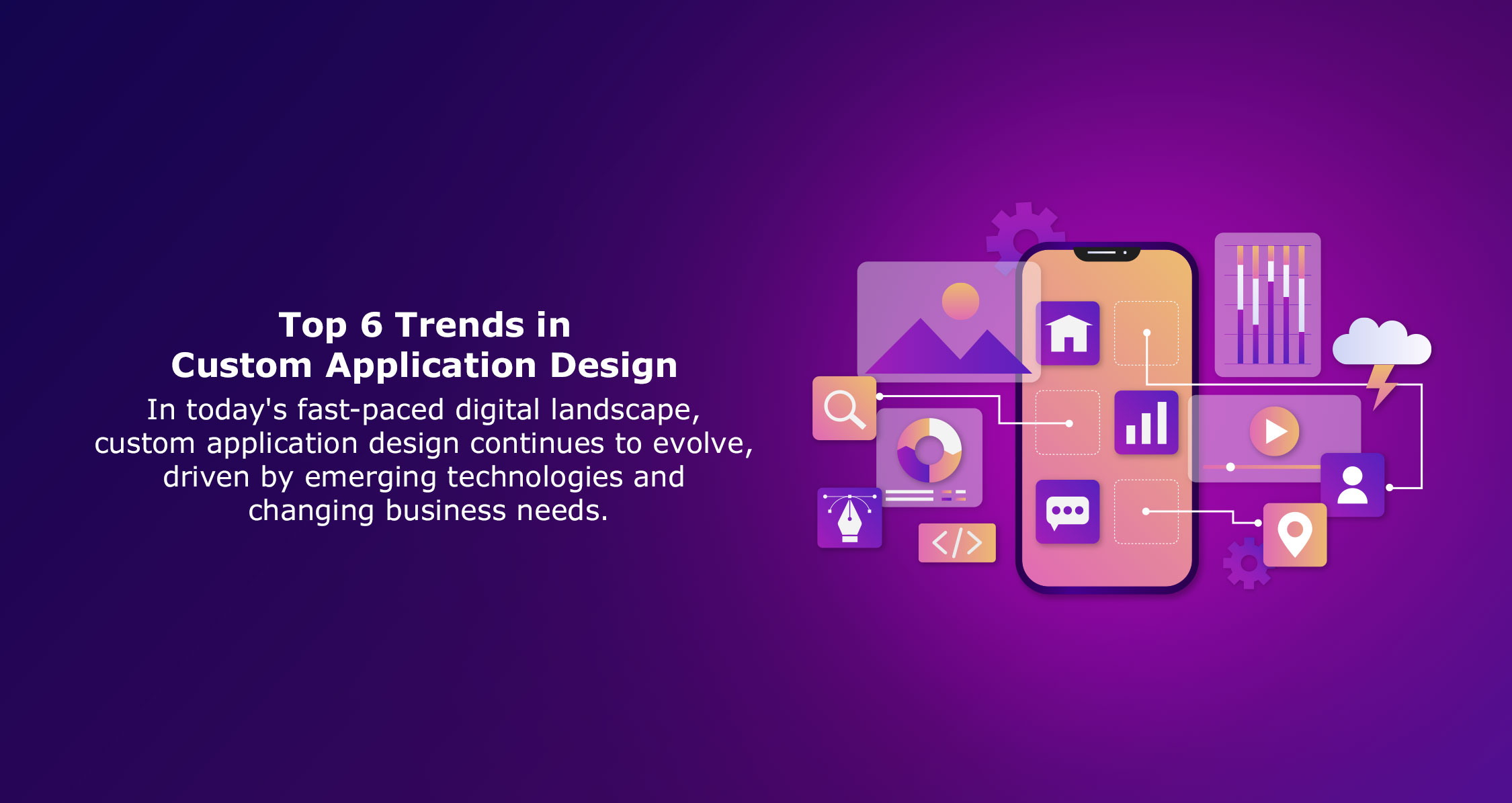
Image Credit: Image by Freepik
In today’s fast-paced digital landscape, custom application design continues to evolve, driven by emerging technologies and changing business needs. As organizations strive to stay ahead of the curve and deliver innovative solutions, it’s crucial to keep abreast of the latest trends shaping the custom application design landscape. In this blog, we’ll explore the top six trends revolutionizing custom application design and how they are reshaping the way organizations develop and deploy software solutions.
Low Code Development:
Low code development has emerged as a game-changer in custom application design, enabling organizations to accelerate the development process while empowering citizen developers to create applications with minimal coding expertise. Low code platforms offer drag-and-drop interfaces, pre-built templates, and visual development tools, streamlining the application development lifecycle and reducing time-to-market. By embracing low code development, organizations can unlock greater agility and innovation in custom application design, empowering teams to prototype, iterate, and deploy applications rapidly.
Internet of Things (IoT):
The Internet of Things (IoT) is revolutionizing custom application design by connecting physical devices and sensors to the internet, enabling real-time data collection, analysis, and interaction. Custom applications leveraging IoT technology can facilitate seamless communication between devices, automate processes, and unlock new opportunities for data-driven insights. From smart homes and wearable devices to industrial IoT solutions, custom applications are harnessing the power of IoT to deliver personalized experiences, optimize operations, and drive business value.
Progressive Web Applications (PWAs):
Progressive Web Applications (PWAs) are transforming custom application design by combining the best features of web and mobile applications. PWAs offer fast loading times, offline capabilities, and push notifications, providing users with a seamless and engaging experience across devices. By leveraging modern web technologies such as Service Workers and Web App Manifests, custom applications can deliver a native app-like experience on the web, eliminating the need for separate development efforts for different platforms. PWAs are revolutionizing custom application design by offering a cost-effective and efficient way to reach a broader audience while delivering superior performance and user experience.
Big Data:
Big Data is reshaping custom application design by providing organizations with access to vast amounts of structured and unstructured data for analysis and insights. Custom applications leveraging Big Data technologies such as Hadoop, Apache Spark, and NoSQL databases can process large datasets in real-time, enabling organizations to extract valuable insights, make data-driven decisions, and drive innovation. Whether it’s personalized recommendations, predictive analytics, or real-time monitoring, custom applications powered by Big Data are enabling organizations to gain a competitive edge by harnessing the power of data.
Blockchain Technology:
Blockchain technology is revolutionizing custom application design by introducing new possibilities for secure and transparent data exchange and transaction management. Custom applications leveraging blockchain technology can facilitate secure peer-to-peer transactions, track and trace assets, and establish tamper-proof records. From supply chain management and financial services to healthcare and identity verification, custom applications powered by blockchain are transforming industries by enhancing security, transparency, and trust in data transactions.
DevSecOps:
DevSecOps is redefining custom application design by integrating security practices into the DevOps pipeline from the outset. By embracing a DevSecOps approach, organizations can bake security into every stage of the application development lifecycle, from design and development to deployment and operations. Custom applications developed using DevSecOps principles are more resilient to cyber threats, compliance-ready, and capable of addressing evolving security challenges. By prioritizing security as an integral part of custom application design, organizations can mitigate risks, protect sensitive data, and build trust among users.
In conclusion, the top six trends in custom application design are revolutionizing the way organizations approach software development, enabling them to leverage emerging technologies, streamline processes, and deliver innovative solutions that drive business success. By embracing trends such as low code development, IoT, PWAs, Big Data, blockchain technology, and DevSecOps, organizations can stay ahead of the curve and unlock new possibilities in custom application design.

